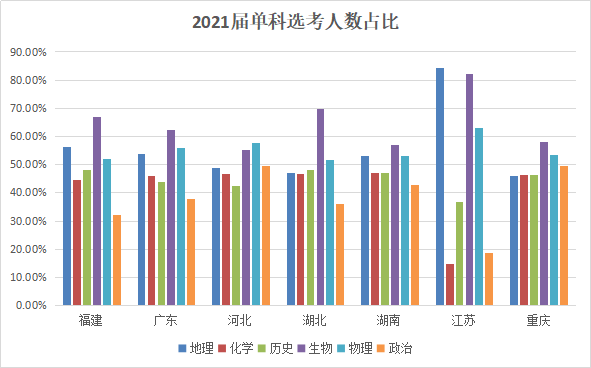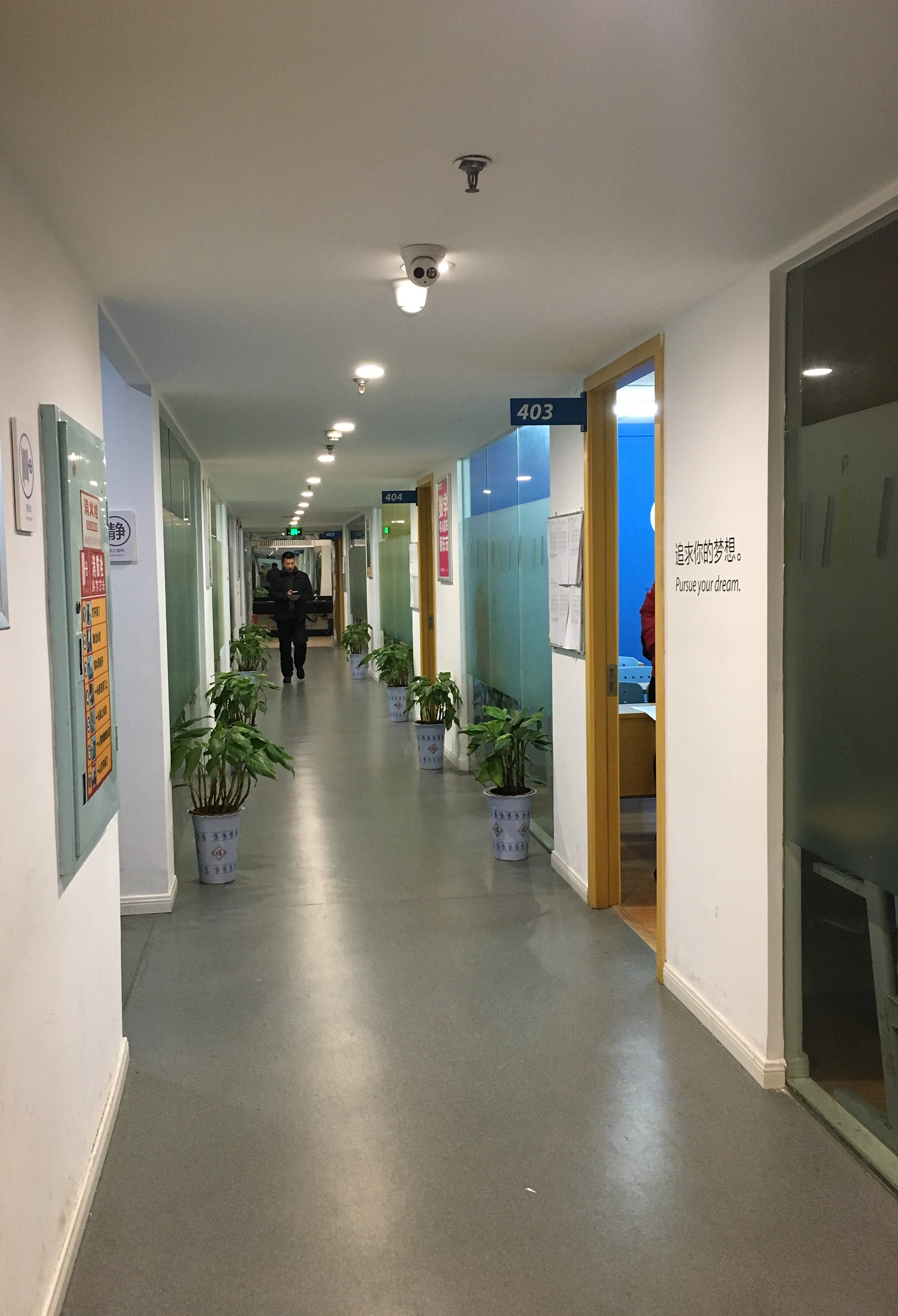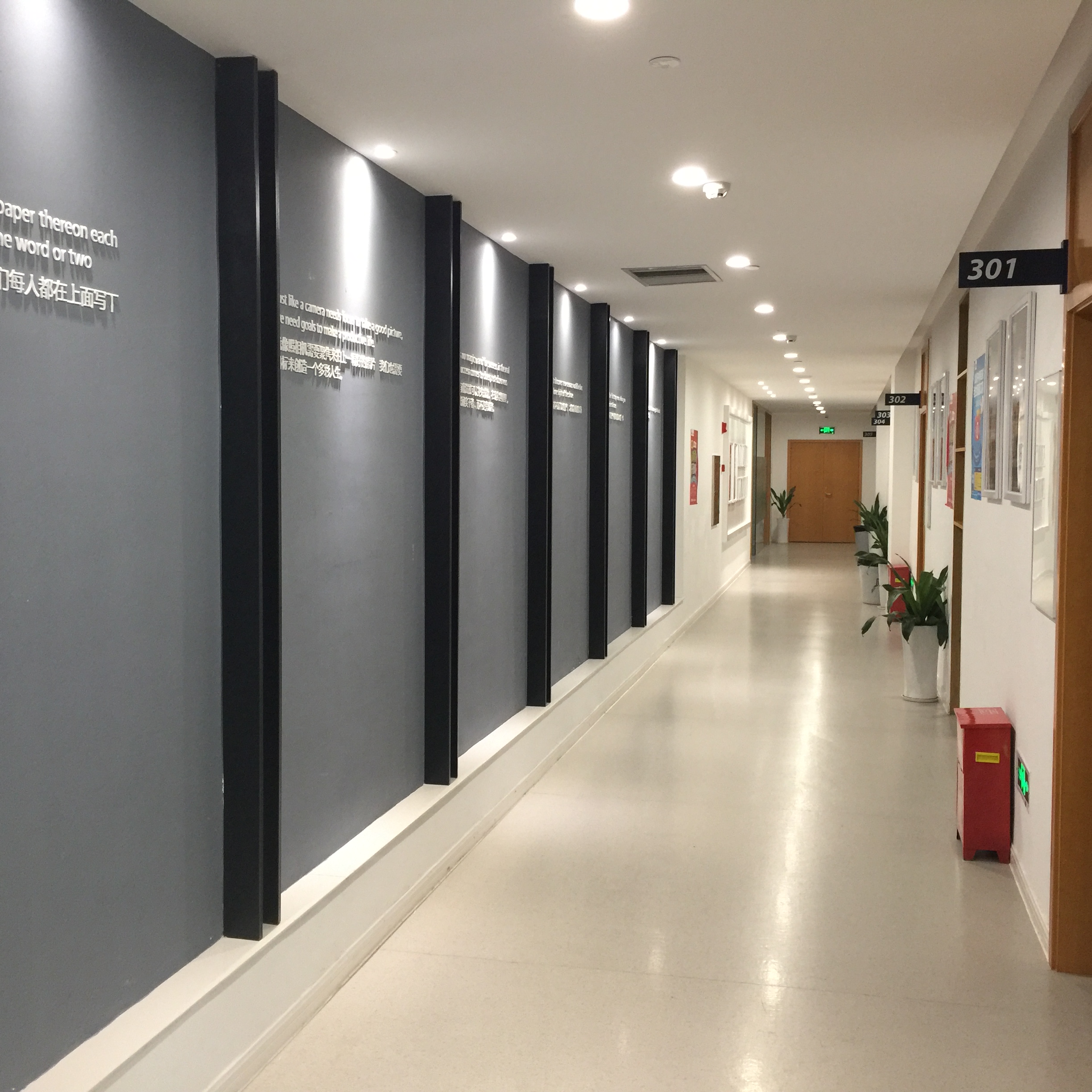导读:副词(Adverb
简称adv.)是指在句子中表示行为或状态特征的词,用以修饰动词、形容词、其他副词或全句,表示时间、地点、程度、方式等概念。副词可分为:时间副词、频率副词、地点副词、方式副词、程度副词、疑问副词、连接副词、关系副词、表顺序的副词。本文整理了副词的具体使用方法范例,分享给学生进行学习和提高。
1. 副词的用法:
(1) 修饰动词: He works hard. He speaks slowly.
(2) 修饰形容词: The flower is very beautiful.
(3) 修饰其他副词: He works very hard.
(4) 修饰名词: Even a child (or Even he) can do it.
(5) 修饰全句: Probably he will come back.
(6) 修饰副词片语: He came exactly at two o'clock.
(7) 修饰副词子句: He started soon after we came.
2. 副词的位置
(1) 副词修饰形容词、副词(片语或子句)时,通常放在前面。
The mountain is very beautiful.
He came long before the appointed time.
(2) 修饰动词的副词
不及物动词 + 副词 She speaks well.
及物动词 + 受词 + 副词 She speaks English well.
(3) 表确定时间或场所的副词, 通常放在句首或句末, 放在句首时语气较强。
She was born in Taipei in 1948.
(4) always, never, often, sometimes, usually等频率副词的位置。
(A) 在一般动词前: They always say so.
(B) 有动词be时,在be动词后: I am always busy.
(C) 有助动词时, 在助动词和本动词间: This job will never be finished.
(5) 置于句首修饰全句: Fortunately he succeeded in the examination.
(6) 同类两个以上的副词须依 (单位较小者 + 单位较大者) 的顺序排列。
He lives at Taichung, in Taiwan, Republic of China.
(7) 有两个以上不同种类的副词修饰语时, 其顺序为: 地点+状态+次数+时间。
She arrived there safely the other day.
1
. 时间副词
(1) Time"时候": 可以用作when的答语, 如: late ( = at a late time), now ( = at this
time), presently (= at the present time), then ( = at that time), just,
nowadays, today, etc.
I've just heard that you are leaving us. ( = at this very moment)
Nowadays, many teenagers have long hair. ( = at the present time)
注: 两个以上表时间的副词须依"单位小的时间+单位大的时间"排列。
I'll see you at nine on Monday.
(2) Duration"期间" : 用来作how long的答语,如:
momentarily, temporarily, for many weeks, long, from May till August,
etc.
Has he been ill long? Yes, he has been ill since the end of May.
He was away from school (for) four or five weeks.
(3) Frequency"频率": 用来作how often的答语,可分两种:
(A) 非限定频率:always, usually, often, sometimes, seldom, ever, etc.
The sun always rises in the east. My brother rarely writes to me.
(B) 限定频率:daily, hourly, monthly, annually, twice, everyday, once, etc.
I have been in Singapore once.
We have English lessons every other day.
注:以上三种时间副词在一起时,其顺序为"期间+频率+时间"。
I was there for a day or so every year during my childhood.
注: Seldom, rarely, never等有否定意义的频率副词置于句首,要将助动词或be动词放在主词之前。
Seldom do we hear such fine singing from school choirs.
4.地方副词: 表示where?的副词,也包括"动态方向"的副词,如:
below, by, down, elsewhere, far, here, home, in, locally, near, off,
opposite, out, around, away, back, outward(s), right, sideway(s), upward(s),
etc.
(1) 地方副词通常置于句尾,加强语气时可放在句首。
He lives in a small village. They are not there.
(2) 两个地放副词并列时,地方确定的副词在后面,地方不确定的副词在前面。
The children running around upstairs.
(3) 两个以上的地方副词须依"小地方+大地方"的顺序排列。
Many people eat in restaurants in London.
延伸阅读
2018长沙人教PEP三年级英语上册一单元单词表
2018长沙人教PEP三年级英语上册二单元单词表
2018长沙人教PEP三年级英语上册三单元单词表
2018长沙人教PEP三年级英语上册四单元单词表
2018长沙人教PEP三年级英语上册五单元单词表
2018长沙人教PEP三年级英语上册六单元单词表





















 京公网安备11010802021790号
京公网安备11010802021790号









 学习资料
学习资料
